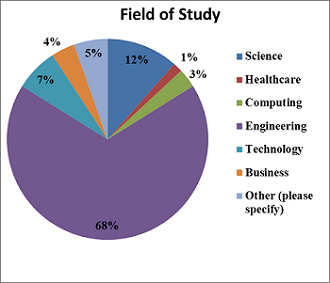


Indian Journal of Science and Technology
Year: 2020, Volume: 13, Issue: 13, Pages: 1440-1449
Original Article
Peerzada Danish1,2*, Peer Mohammad Ashraf3, S Ganesh4, Anita Jessie J2, Win Sein5
1Assistant Professor, Department of Civil Engineering, Model Institute of Engineering and Technology, Jammu, India. Tel.: +91-700-6074-616
2PhD. Student, School of Civil Engineering, Vellore Institute of Technology, Vellore, Tamil Nadu, India
3District Horticulture Officer (Retired), Department of Horticulture, Government of J&K, Sopore, Jammu and Kashmir, India
4Assistant Professor, School of Civil Engineering, Lovely Professional University, Jalandhar
5Bachelor of Business Administration Student, VU School of Management, Victoria University, Switzerland
*Corresponding author
Peerzada Danish
Assistant Professor, Department of Civil Engineering, Model Institute of Engineering and Technology, Jammu, India. Tel.: +91-700-6074-616 PhD.
Student, School of Civil Engineering, Vellore Institute of Technology, Vellore, Tamil Nadu, India Email: [email protected]
Received Date:28 February 2020, Accepted Date:19 April 2020, Published Date:25 May 2020
Objectives: The present study was aimed to find the effective method to assess the performance of students and their interest towards e-learning. Methods: Questionnaire survey was conducted among Indian students and their response were identified on various aspects; assessment, interaction, evaluation and feedback. Statistical analysis: The responses were collected and the data were analyzed with statistical software. Results: Interaction and evaluation aspects had high impact; signifying 40% of the students agree that online learning is more effective, innovative and convenient than the conventional way of learning. Assessment and interaction showed the highest positive correlation (0.564) when compared to the evaluation and feedback (0.440). The evaluation has attained significant value in the statistical analysis of ANOVA.
Keywords: Internet; Assessment; e-learning; Statistical software; Correlation
© 2020 Danish, Ashraf, Ganesh, J, Sein. This is an open-access article distributed under the terms of the Creative Commons Attribution License, which permits unrestricted use, distribution, and reproduction in any medium, provided the original author and source are credited.
Published By Indian Society for Education and Environment (iSee)
Subscribe now for latest articles and news.